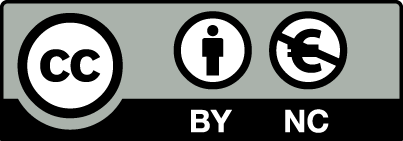Monitoring risk behaviour in adolescent pupils regarding consumption of psychoactive substances
Artykuł w czasopiśmie
MNiSW
30
Lista A
| Status: | |
| Autorzy: | Wojtyła-Buciora Paulina, Klimberg Aneta, Kapka-Skrzypczak Lucyna, Diatczyk Jarosław, Urbaniak Monika, Ulatowska-Szostak Ewa, Boldowski Tomasz, Wojtyła Andrzej, Marcinkowski Jerzy T. |
| Dyscypliny: | |
| Aby zobaczyć szczegóły należy się zalogować. | |
| Rok wydania: | 2017 |
| Wersja dokumentu: | Drukowana | Elektroniczna |
| Język: | angielski |
| Numer czasopisma: | 2 |
| Wolumen/Tom: | 24 |
| Strony: | 350 - 355 |
| Web of Science® Times Cited: | 1 |
| Scopus® Cytowania: | 2 |
| Bazy: | Web of Science | Scopus | Web of Science Core Collection |
| Efekt badań statutowych | NIE |
| Materiał konferencyjny: | NIE |
| Publikacja OA: | TAK |
| Licencja: | |
| Sposób udostępnienia: | Otwarte czasopismo |
| Wersja tekstu: | Ostateczna wersja opublikowana |
| Czas opublikowania: | W momencie opublikowania |
| Data opublikowania w OA: | 1 lutego 2017 |
| Abstrakty: | angielski |
| Introduction. Taking psychoactive substances constitutes a significant problem for Public Health, particularly in preventing drug abuse and addiction. Objectives. To estimate the amount and incidence of drug consumption in middle and high school pupils, including the circumstances in which drug taking first started, and to determine pupils' knowledge about the consequences of taking psychoactive substances and designer drugs (DDs). Materials and methods. A randomised study was conducted throughout Poland on 9,360 pupils attending middle school (junior high school) in 2009 and 7,971 pupils from middle and high school pupils in 2011. The survey consisted of a questionnaire devised by the Chief Sanitary Inspectorate (GIS) and the replies obtained were subject to the relevant statistical analyses. Results. Drug taking was found to have increased between 2009-2011, especially among those attending high school; proportionally rising from 4% - 11%. The numbers who had ever taken designer drugs were 3% for middle school pupils and 4% from high school. Conclusions. 1) Adolescent drug consumption has increased, particularly in those of older age and in boys. 2) Despite the only brief interval for which designer drugs were legal, they have gained high popularity among the young. 3) Adolescents have insufficient knowledge about the dangers of using DDs. 4) Faced with the growing threat of a dynamic designer drug market, appropriate counter-measures in education and prevention are therefore necessary |

